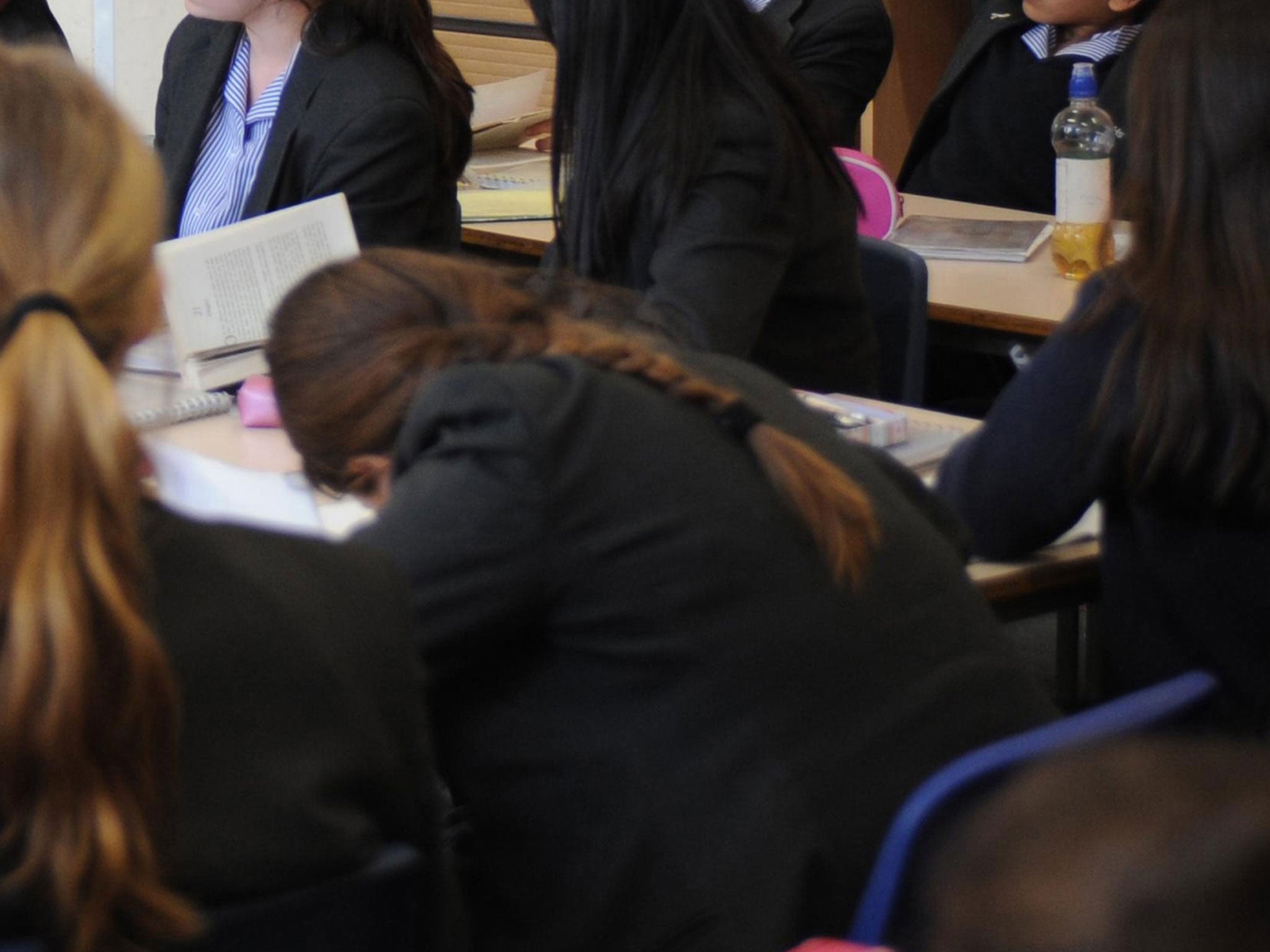Single-sex sixth forms deprive teens of a vital opportunity to interact and collaborate with the opposite gender
‘Fears faded away. Our year became even friendlier as ‘banter and ‘laddish’ behaviour subsided’

I always wonder, when supporters of single-sex schools say men are from Mars and women from Venus, how we all got to Earth. Was it on a sort of giant spaceship? If archaeologists were to look hard enough, would they find its remains, deep underground beside the ancient aeroplanes and primeval motorbikes? It would be very convenient: you could negate the idea of nurture and perpetuate stereotypes at a single sitting.
Co-educational schools - what most people consider ‘normal’ schools, to be honest - are running the risk of breaching this unimpeachable gender divide by placing girls and boys in the same classroom - if you believe educationalists who further this theory.
Terrifying, I know. “Men and women are at odds with each other,” John Gray, an American academic and author of Men Are from Mars, Women Are from Venus, has said. “Clearly recognising and respecting these differences reduces confusion.” Well, perhaps, but since we are on the same planet, it makes sense to educate young people accordingly.
As a departing A-level student at an all-boys school with a co-ed sixth form, I have witnessed the hallmarks of both mixed and single-sex education from behind identical desks. When something weird happened last September - and girls joined us for the start of Year 12, in a ratio of roughly one to five - some classmates doubted whether the so-called ‘magic’ that makes my school generally loved among its pupils would survive.
And yet, one by one, those fears faded away. If anything, our year became even friendlier as ‘banter and ‘laddish’ behaviour subsided, any hints of macho hierarchy making way with the influx of new arrivals, albeit partly replaced by mini cliques.
The mellowing trend extended to the lessons, where it was soon clear girls could not have been a more positive addition. One, our classrooms were hardly hotbeds of indiscipline beforehand, but now there is generally no disruption and the relationships between classes and their teachers have improved as a result. Two, we are finally getting the most out of group discussions with a wider range of perspectives, particularly on issues such as feminism in English literature and lack of representation in politics. And thirdly - far from daunted by bright, driven, articulate girls - we are encouraged to raise our game.
Maybe this female ability accounts for why half of the top ten schools in the Government’s 2015 A-level results league table are girls-only. But even if girls receive better grades in single-sex schools, it is arguably unlikely the majority would find broader benefits from such pressurised surroundings. “I think there is a heightened sense of competition at single-sex schools, which is, at times, unhealthy,” says Clemency Linden, 18, who spent five years at all-girls St Marylebone C of E School.
“The primary goal is to get good grades without looking like you are trying. The private schools rarely have low-achievers, so failure is not accepted by anyone and that comes out in the various mental health problems,” she adds.
With the stakes seeming so high, success so necessary, second chances unlikely, and anxiety spreading to so many students, sadly it is unsurprising that psychologists say illnesses, like anorexia, are sweeping through girls’ schools. And certainly, attempts to use gender-specific teaching techniques can leave the less stereotypical girls feeling isolated.
The flipside, of course, is that single-sex schools often inspire a liberating confidence with regard to breaking gender typecasts. It isn’t that girls and boys are free to study Shakespeare or Aristotle instead of Ashley in the Upper Sixth - most are mature enough not to see the opposite sex as a distraction. It’s that young people find it easier to avoid traditionally ‘male or female subjects’. That way, girls are more likely to take up maths and science, while boys are assured in pursuing paths like art and drama.
However, you could equally call this a feminist issue: best solved by cooperation between the sexes and not a form of education that can give girls and boys a hard time understanding their counterparts. So, by and large, my main problem with single-sex sixth forms is that they deprive teenagers of a vital opportunity to interact and collaborate with members of the opposite gender, as little as two years before entering increasingly androgynous working life. Pupils need to leave school ready for the real world - not Mars and Venus.
Daniel Wittenberg, 18, is a languages student and freelance features and sports writer with an interest in youth politics
Join our commenting forum
Join thought-provoking conversations, follow other Independent readers and see their replies
Comments